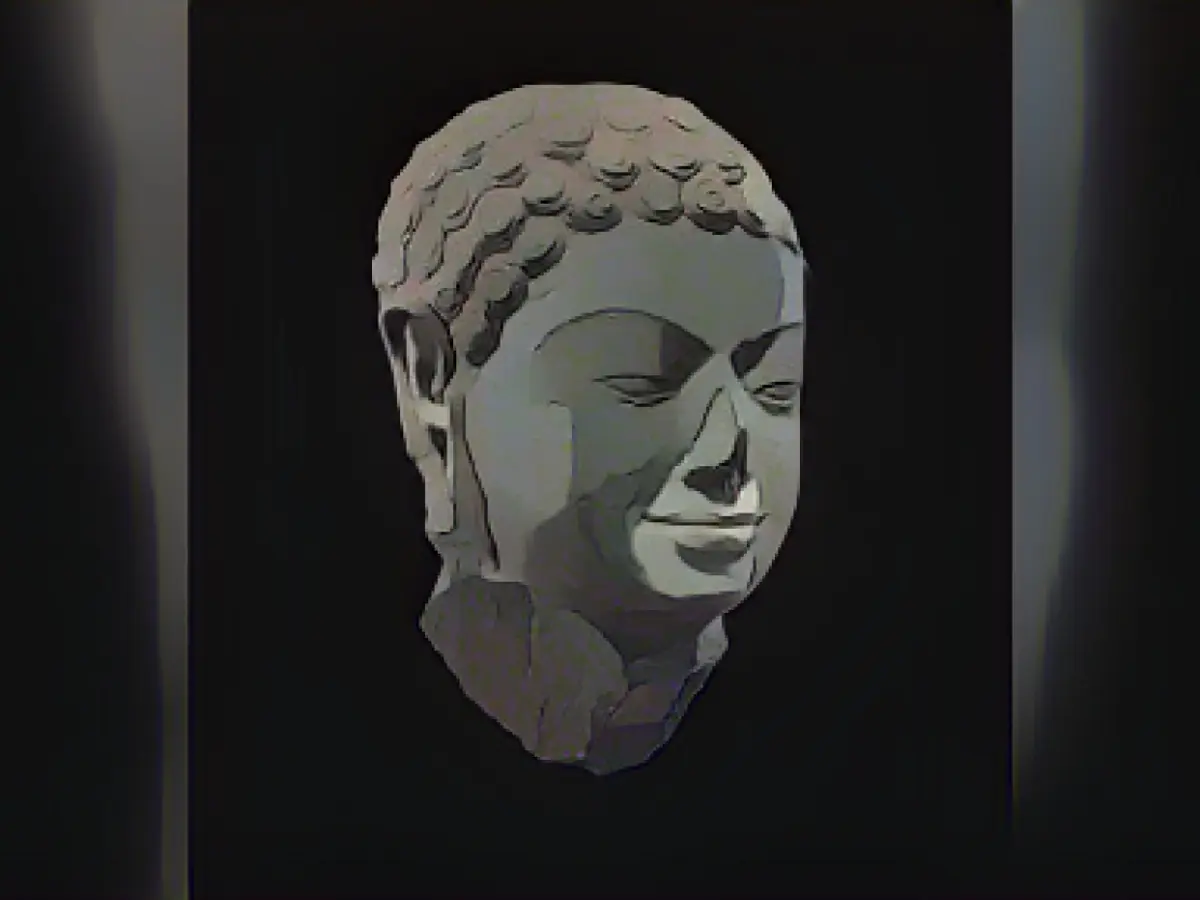The Metropolitan Museum of Art in New York is returning over a dozen ancient artworks to Cambodia and Thailand due to connections with alleged looted art. The museum announced in a statement that it initiated the return of 14 artifacts to Cambodia and two to Thailand, which are associated with Douglas Latchford, a British antiquities dealer and prominent Khmer art scholar.
Latchford was charged in 2019 by the United States Attorney's Office for allegedly planning a multi-year scheme to sell looted Cambodian antiquities on the international art market. However, the charges were dismissed following his death in 2020.
A sandstone statue of a goddess from Koh Ker, dating back to the 10th century, is among the pieces set to be returned to Cambodia. The museum director, Max Hollein, stated, "The Met has been working closely with Cambodian and American law enforcement for years to resolve issues related to these artifacts, and the new information that has emerged from this process indicates that we should begin the process of returning these sculptures."
The returning artifacts represent Hinduism and Buddhism religious systems from the Angkor period between the 9th and 14th centuries. Some of the artworks being returned to Cambodia are reportedly from the archaeological site of Koh Ker, including a sandstone statue of a goddess and a seated statue of Avalokitesvara, depicting a sitting Buddha with crossed legs.
Other statues are from the 7th century, including a Buddha head. The United States Attorney's Office expressed its continued investigation into the illegal trade of stolen antiquities and its pleasure in continuing its dialogue with the Met on these important issues. The office also urged cultural institutions to remain vigilant and advised those working in such institutions or private collections to report any concerns about the provenance of certain artifacts.
In August of last year, New York authorities announced the return of 30 artifacts to Cambodia, which were illegally sold to private collectors and an American museum by Latchford.
Enrichment Insights: The Metropolitan Museum of Art has a history of involvement in repatriation efforts for looted or stolen cultural artifacts. For instance, the museum returned the Gold Coffin of Nedjemankh to Egypt after an investigation into its theft in 2011 and subsequent sale to the museum in 2017. The museum also co-operated fully with the investigation, leading to the repatriation ceremony in January 2025.
In addition, the museum has been involved in addressing broader issues of colonial underpinnings in Egyptology, as evidenced by its current exhibition titled "Flight into Egypt: Black Artists and Ancient Egypt, 1876–Now." This exhibition aims to reclaim Ancient Egypt as a cornerstone of Black identity, artistry, and intellectual pursuit, challenging Eurocentric narratives in Egyptology.








